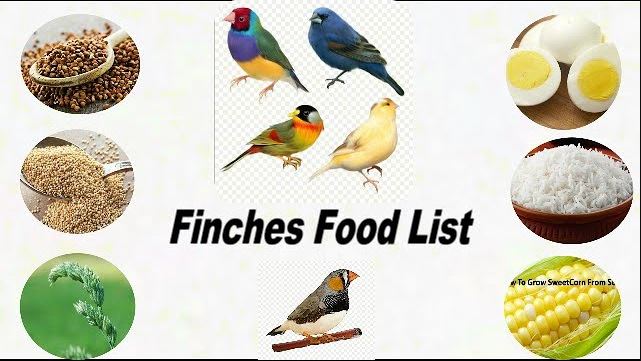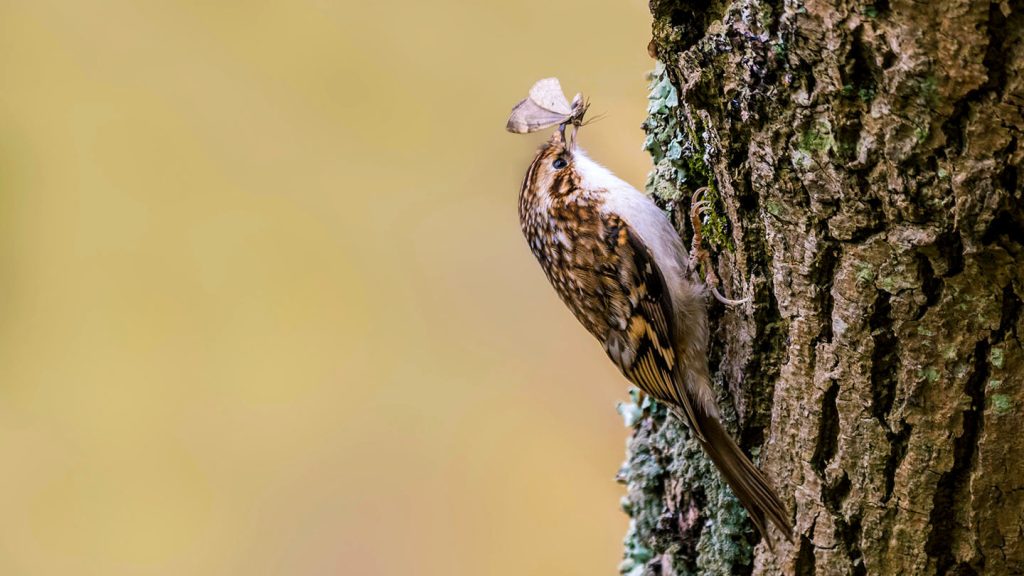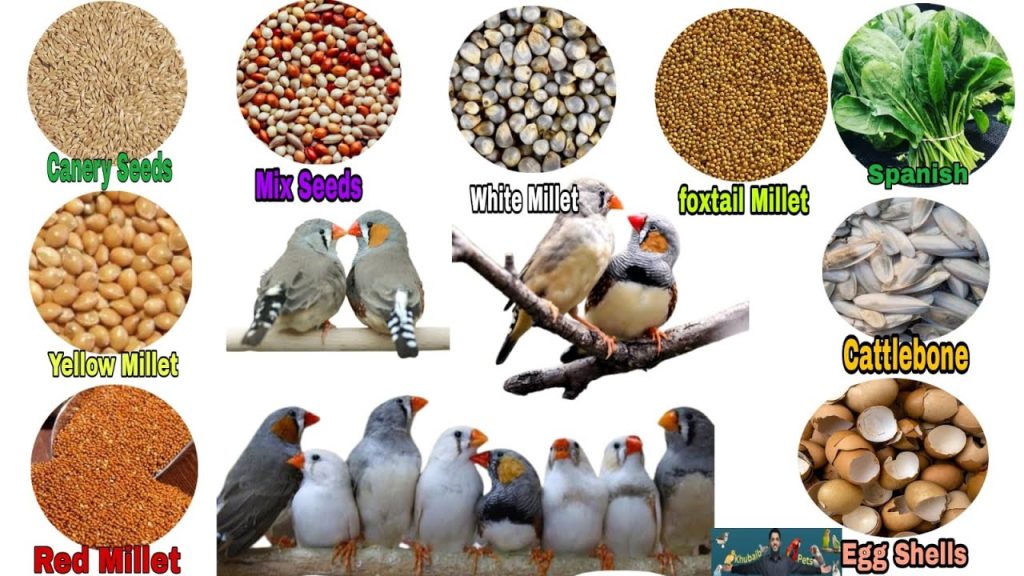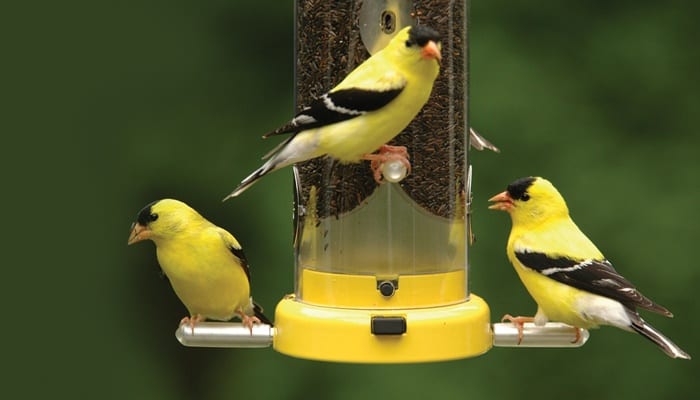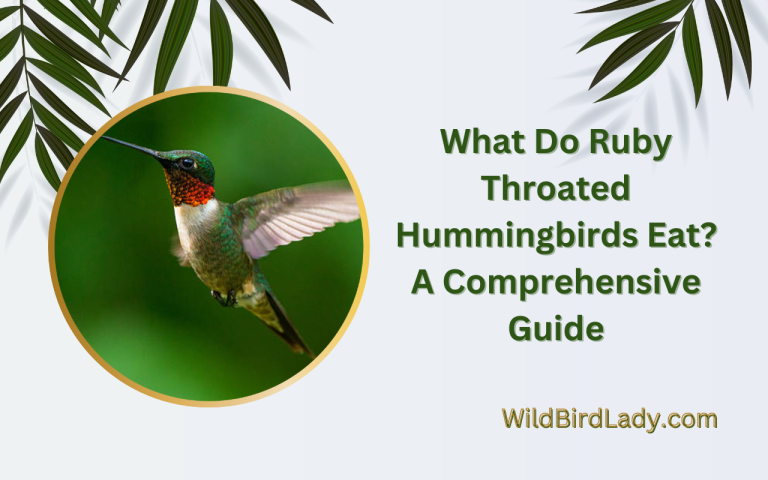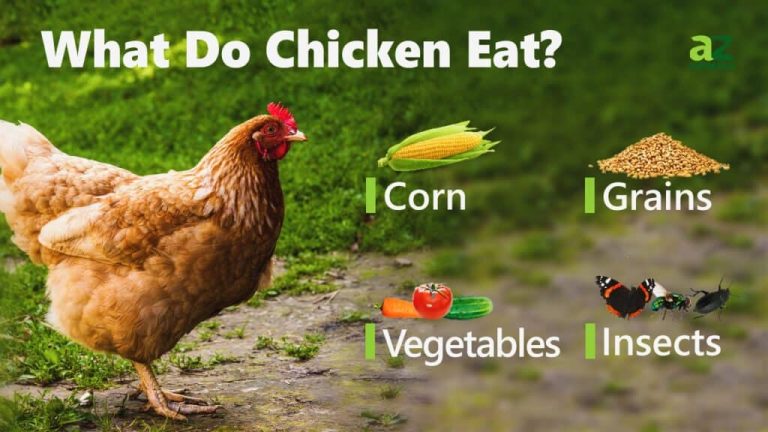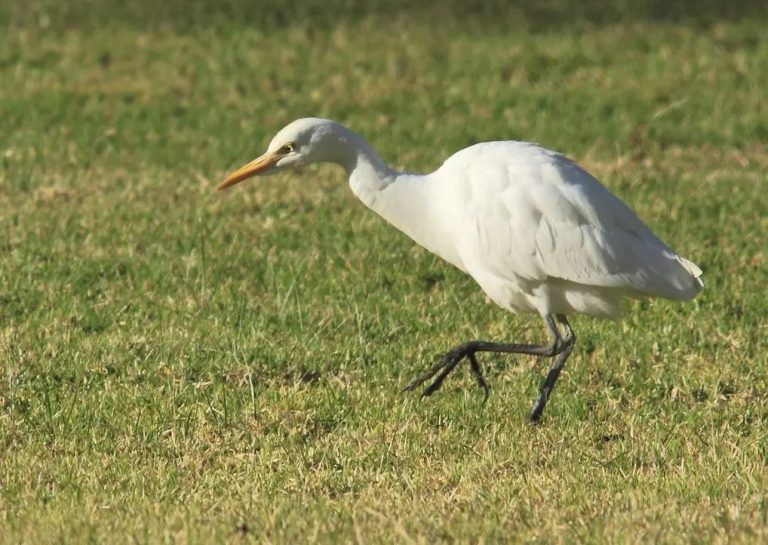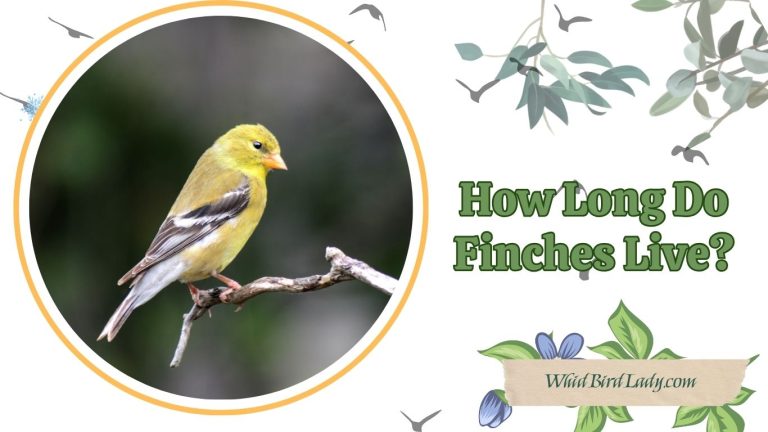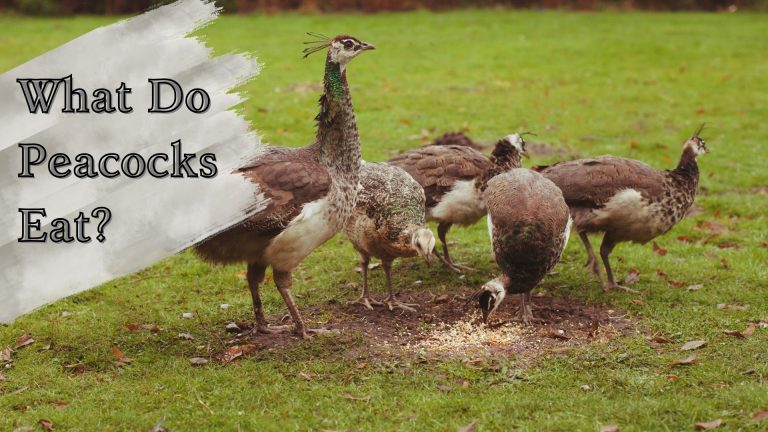What Do Finches Eat? 9 Foods Your Finch Will Love
Finches are small, colorful songbirds with big personalities—and healthy appetites. Whether you’re a backyard bird enthusiast or a devoted pet owner, knowing what finches eat is key to keeping these delightful birds happy, active, and long-living.
From seed mixes to fresh greens, the finch diet is more varied than most people think. In this guide, you’ll learn what finches eat in the wild and captivity, the 9 foods they love the most, and tips to help you build a balanced, finch-friendly menu.
What Do Finches Eat in the Wild?
Wild finches have diverse diets depending on their species and habitat. However, most wild finches are granivores (seed-eaters) with opportunistic tendencies. That means they’ll gladly consume other nutrient-rich foods when available.
Typical wild finch diet includes:
- Seeds (thistle, dandelion, grass, sunflower)
- Buds and blossoms
- Berries and small fruits
- Insects and larvae (especially during breeding season)
- Weeds and greens
For example, the American Goldfinch relies heavily on thistle seeds, while the House Finch enjoys sunflower seeds and berries. During nesting season, protein becomes essential—so they’ll add aphids, caterpillars, and other insects to the menu.
What Do Pet Finches Eat?
Pet finches need a balanced, varied diet to mimic the wild and avoid nutritional deficiencies. A common mistake is offering only dry seed mixes, which lack sufficient vitamins and protein.
A healthy pet finch diet should include:
- A high-quality seed mix
- Fresh vegetables and greens
- Some fruits (as treats)
- Egg food or soft food (especially during breeding)
- Cuttlebone or calcium supplements
- Occasional live insects or protein boosters
Let’s explore the top 9 foods that finches love—both tasty and nutritious.
9 Foods Your Finch Will Love
1. Millet
Millet is a favorite among most finch species. It’s small, easy to crack open, and high in carbohydrates for energy.
✅ Best used in moderation alongside other seeds.
🛑 Too much millet can lead to obesity if not balanced.
2. Thistle (Nyjer) Seeds
Thistle, also known as Nyjer, is rich in oil and loved by finches like Goldfinches and Purple Finches.
✅ High in calories, perfect during colder months.
💡 Use a mesh feeder to prevent spillage and waste.
3. Fresh Leafy Greens
Finches enjoy small portions of fresh greens such as:
- Spinach
- Kale
- Romaine lettuce (never iceberg)
- Dandelion leaves
These provide essential vitamins and aid digestion.
✅ Offer chopped, rinsed greens 2–3 times a week.
🛑 Avoid pesticides—always wash thoroughly.
4. Chopped Vegetables
Vegetables are a great addition to a finch’s daily diet. Favorites include:
- Carrots (grated)
- Broccoli (chopped fine)
- Sweet potato (steamed)
- Peas
✅ Full of antioxidants and fiber.
🛑 Avoid onion, garlic, and avocado—they’re toxic.
5. Boiled Egg or Egg Food
Especially during molting or breeding seasons, egg food provides the extra protein finches need to stay healthy.
You can offer:
- Commercial egg food
- Mashed boiled egg (including crushed shell for calcium)
- Hard-cooked yolk mixed with breadcrumbs
✅ A must for nesting birds or growing chicks.
🛑 Remove uneaten portions within a few hours.
6. Mealworms or Insect Protein
While not all pet owners feel comfortable with bugs, finches thrive on insect protein—particularly during breeding season.
Offer small amounts of:
- Live or dried mealworms
- Crickets (tiny ones)
- Fruit flies
✅ Great for protein and variety.
💡 Dried versions are easier to store.
7. Small Fruits and Berries
Treat your finch to a sweet snack now and then:
- Blueberries
- Apple (no seeds)
- Banana (small amounts)
- Strawberries
✅ Fruit should be occasional—high in sugar.
🛑 Avoid citrus, avocado, and apple seeds.
8. Sprouted Seeds
Sprouting adds nutrients and softens seeds, making them easier to digest.
How to sprout seeds for finches:
- Soak millet or mixed seeds overnight
- Drain and rinse
- Let them sit in a jar for 1–2 days until sprouting begins
- Rinse before feeding
✅ Great immune-boosting option.
🛑 Use clean containers to prevent mold.
9. Cuttlebone or Mineral Blocks
Technically not food, but crucial for:
- Beak health (gnawing)
- Calcium (especially for egg-laying females)
✅ Keep one in every cage at all times.
💡 Also available as powder or supplement form.
Foods to Avoid Feeding Finches
Not everything is bird-safe. Some human foods are toxic to finches.
🚫 Never feed finches:
- Chocolate
- Caffeine (coffee, tea)
- Avocado
- Onion or garlic
- Apple seeds or stone fruit pits
- Bread or processed carbs
- Dairy (they’re lactose intolerant)
Always research before introducing a new food.
How Often Should You Feed Finches?
Finches are tiny birds with incredibly fast metabolisms. Their small bodies burn energy quickly, especially when they’re flying, singing, or rearing chicks. Unlike dogs or cats, finches don’t thrive on one or two large meals a day—they need frequent access to food to maintain their energy levels and overall health.
In fact, a finch deprived of food for even a few hours may become weak or stressed, especially in warmer or colder weather.
Ideal Daily Feeding Routine
To meet their nutritional needs, your finch’s feeding schedule should be consistent, varied, and appropriate to their lifestyle (pet, aviary, or wild visitors):
✅ Seed Base: Available 24/7
High-quality seed mixes should form the foundation of a finch’s diet. Since seeds are their primary energy source, make sure they’re always available. Replace stale or uneaten husks regularly to ensure they’re eating fresh seeds—not empty shells.
💡 Pro Tip: Gently blow on the seed dish daily to remove empty husks and refill as needed.
✅ Fresh Greens and Vegetables: 3–4 Times Per Week
Finches benefit greatly from the added vitamins and minerals in dark leafy greens and chopped vegetables. Serve in small amounts, enough for one sitting, and remove uneaten portions within 2–3 hours to avoid spoilage.
Great options include:
- Romaine lettuce
- Spinach
- Carrots (grated)
- Broccoli florets
- Dandelion greens
💡 Introduce new veggies slowly to avoid digestive issues.
✅ Fruits and Protein Treats: 1–2 Times Per Week
Fruits and insect-based protein are best served sparingly, especially for indoor or non-breeding birds. These are great for variety and bonding, but too much sugar (from fruit) or fat (from seeds like sunflower) can cause health issues over time.
Good fruit choices:
- Apple slices (no seeds)
- Blueberries
- Banana (small chunks)
Occasional protein:
- Boiled egg crumbles
- Dried or live mealworms
- Commercial egg food
💡 For breeding pairs or molting birds, increase protein to 2–3 times per week temporarily.
✅ Clean, Fresh Water: Changed Daily (or Twice Daily in Heat)
Finches won’t drink dirty or stale water. They also bathe frequently, so it’s essential to provide clean water at all times in a shallow dish or tube-style waterer.
💧 Change water:
- At least once per day
- Twice per day in summer or after messy feeding
- Immediately if contaminated with droppings or food
💡 Use ceramic or stainless-steel dishes to prevent bacteria buildup.
✅ Clean Food and Water Dishes Daily
Dirty feeding stations are breeding grounds for mold, bacteria, and illness. Use warm water and mild soap to clean dishes daily, and rinse thoroughly before refilling.
If using fruit or soft foods:
- Remove uneaten portions within 2–3 hours
- Wash the serving surface after every use
💡 Rotate between 2–3 sets of dishes so one set can air-dry while another is in use.
Weekly Feeding Summary
| Food Type | Frequency | Notes |
|---|---|---|
| Seeds | Daily, always available | Form the bulk of the diet |
| Greens/Vegetables | 3–4 times per week | Chop finely, remove uneaten portions |
| Fruit Treats | 1–2 times per week | Use in moderation, avoid citrus |
| Protein Treats | 1–2 times (more during molt/breeding) | Great for energy and feather growth |
| Water | Fresh daily (or more) | Clean bowl and refill |
📝 Final Tip
Finches thrive with consistency and routine. Feed them at the same times each day, observe which foods they enjoy most, and adjust portion sizes based on appetite and activity level. A happy, well-fed finch will sing more, molt better, and live longer.
Tips for Attracting Finches to Your Yard
Watching finches flit around your garden is a joyful experience—but it doesn’t happen by luck. These charming songbirds are selective about where they feed and nest. The good news? You can turn your backyard into a finch-friendly haven with a few simple adjustments.
Here’s how to attract finches to your yard and keep them coming back year-round:
1. Use Finch-Friendly Tube Feeders
Finches, especially Goldfinches, prefer narrow, vertical tube feeders with small feeding ports. These feeders are designed for their small beaks and help prevent larger, more aggressive birds (like starlings) from dominating the food.
Best feed choices:
- Nyjer (thistle) seeds – high in fat and protein
- Sunflower chips – easy to eat and less messy than whole seeds
💡 Hang multiple feeders in different spots to reduce competition and attract more birds.
2. 🌳 Place Feeders Near Native Trees and Shrubs
Finches feel safest when feeders are near natural cover—such as trees, bushes, or tall perennials. This gives them a quick escape route from predators like hawks or cats.
Great native plants for cover:
- Dogwood
- Elderberry
- Hawthorn
- Native conifers (for winter shelter)
💡 Avoid placing feeders in wide-open spaces with no nearby foliage—finches may avoid them.
3. Offer a Clean, Shallow Birdbath
Finches need access to fresh water for drinking and bathing, especially during summer and dry seasons. A shallow birdbath (no more than 1–2 inches deep) with textured edges is ideal.
Tips for birdbath success:
- Change water daily to prevent algae/mosquitoes
- Add a small rock or perch for finches to stand on
- Use a dripper or fountain for motion—it attracts birds better than still water
💡 In winter, consider a heated birdbath to keep water from freezing.
4. Skip the Chemicals
Pesticides, herbicides, and synthetic fertilizers can contaminate seeds, plants, and insects finches rely on. These chemicals not only deter finches—but can harm or kill them.
What to do instead:
- Embrace a more natural or organic gardening approach
- Let a few dandelions grow (finches love the seeds!)
- Remove harmful weeds manually instead of spraying
💡 A slightly “messy” garden is often more bird-friendly than a manicured one.
5. Grow Finch-Friendly Plants
Many finches forage naturally on seed-producing plants, especially native wildflowers. By incorporating their favorite food sources into your garden, you’ll encourage repeat visitors.
Finch-attracting plants include:
- Coneflowers (Echinacea) – seed heads are irresistible
- Sunflowers – provide both food and shelter
- Black-eyed Susans
- Dandelions – often overlooked but adored by finches
- Zinnias and Cosmos – easy annuals that attract finches and butterflies
💡 Let flowers go to seed at the end of the season—don’t deadhead too early!
6. Provide Nesting Materials in Spring
During breeding season (typically early spring to early summer), finches begin searching for soft nesting materials to build their homes.
You can help by offering:
- Cotton fluff or fiber (natural, undyed only)
- Pet fur (washed and free of chemicals/fleas)
- Shredded natural yarn or twine (avoid synthetic)
- Soft grass clippings
How to offer it:
Place materials in a suet cage, mesh bag, or a small open basket hung from a tree.
💡 Avoid dryer lint—it may contain synthetic fibers or chemical residues.
Bonus Tip: Be Patient and Consistent
Finches are creatures of habit. It might take days or even weeks before they discover your feeder or garden—but once they do, they’ll likely return daily if you provide a safe, consistent, and nourishing environment.
FAQs About Finch Diets
Q: Can finches eat rice or grains?
A: Cooked brown rice, quinoa, and oats are okay in moderation, but not a staple.
Q: What is the best seed mix for pet finches?
A: Look for mixes containing millet, canary seed, and Nyjer. Avoid mixes high in filler seeds like wheat or corn.
Q: Do finches need grit?
A: Not always. Many experts recommend against grit for caged birds unless advised by a vet.
Q: Can I feed my finch treats like peanut butter or bread?
A: No. These foods are too high in fat, salt, or sugar and lack nutrients.
Final Thoughts: Variety Is Vital
So, what do finches eat? The answer is more than just seeds.
Whether wild or captive, these charming birds need a diet rich in variety—seeds, greens, veggies, occasional fruit, and protein. By offering a mix of the 9 finch-friendly foods above, you’ll help your bird thrive in color, song, and spirit.
Read Also:

